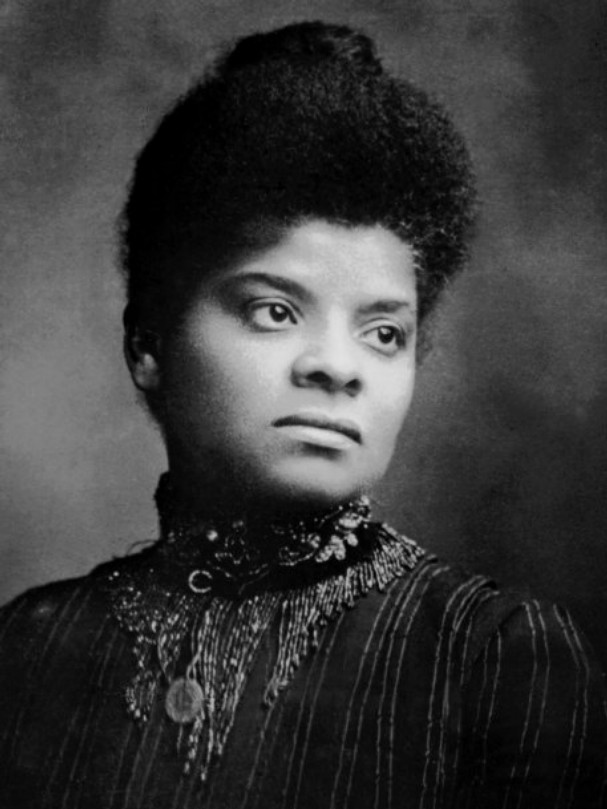 Once-thriving black communities were deteriorating. And Ida B. Wells was witnessing it. The South’s counterrevolution, the fading importance of the Freedmen’s Bureau, and the 1893 economic depression turned booming postbellum neighborhoods into ghettos and reignited racial hostility that motivated hundreds of lynchings.
Once-thriving black communities were deteriorating. And Ida B. Wells was witnessing it. The South’s counterrevolution, the fading importance of the Freedmen’s Bureau, and the 1893 economic depression turned booming postbellum neighborhoods into ghettos and reignited racial hostility that motivated hundreds of lynchings.
Wells burst into this scene during the 1890s with industrious investigative journalism covering lynchings in Memphis, Tennessee, in the aftershock of her good friend’s murder and resulted in an international anti-lynching campaign. In pursuing the story, she fought post-slavery racism and rallied blacks together, laying the groundwork for the early Civil Rights Movement.
She, as American activist, W. E. B. Du Bois wrote, helped bring the “fineness” of blacks, especially women, up “through so devilish a fire.” Ida’s parents, freed slaves, sought to stabilize their lives after the Civil War, and joined the community of freed blacks with similar goals, making promising strides forward.
After Ida’s parents died during a yellow fever epidemic, Ida dropped out of college and took a rural teaching job at age 16 to support her five siblings. She rode a mule to and from the school each week, cooking, ironing, and washing on the weekends. But soon, she began writing.
Smart as a steel trap and as good a writer as any man of the day, Ida became the editor of the Memphis-based Free Speech and Headlight by age 25, and editor-in-chief of the Chicago Conservator by 33.
Short but fiery—a proud pistol owner who vowed to “sell [her] life as dearly as possible”— Ida had guts. The lynching of a dear friend ignited Ida’s dogged pursuit of the truth of lynchings in the South. She investigated 728 lynchings that occurred over the decade, talking to eyewitnesses and visiting crime scenes. She found only a third of the murdered blacks were even accused of rape—much less guilty of it. Most were guilty of race prejudice, starting quarrels or threatening whites. She concluded white Southerners used lynching to eliminate blacks competing with them.
She defied the then-vogue Victorian ideal for women who were submissive, pure, and ladylike, which divided black and white women along racist and classist lines. American middle and upper class society simultaneously held black women to this standard while denouncing them as naturally more promiscuous (for white men, of course) and therefore unable to achieve this zenith of womanhood. In turn, a mass media hysteria labeled black men at best licentious (for white women, naturally) and at worst, rapists. This in turn sparked mass lynchings of blacks: mostly men, but also women and children.
Her findings circulated widely. Reading her column, blacks realized no one was exempt from this new postbellum, insidious racism. But her work inspired and rallied together blacks to fight the threadbare economic and sociological arguments holding them back.
As a full-fledged activist, Ida went on multiple international anti-lynching lecture tours, founded the NAACP, and raised a family, settling in Chicago and dedicating 30 years to urban reform.
Ida wrote the truth even when it meant facing white intimidation tactics and vindictive legal battles. She committed her life to revealing injustice and racism because, she wrote, “The way to right wrongs is to turn the light of truth upon them.”

